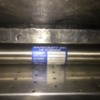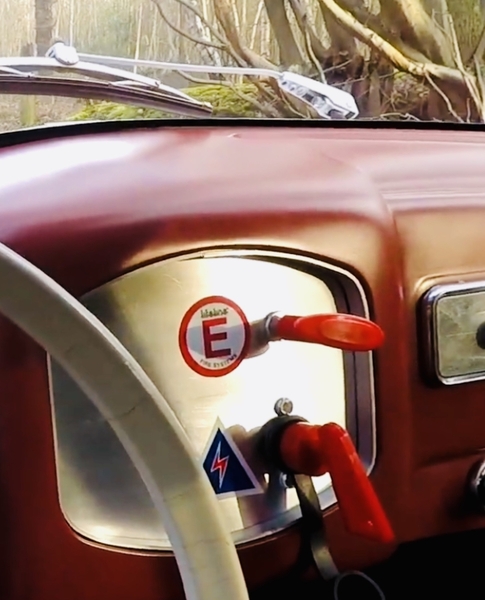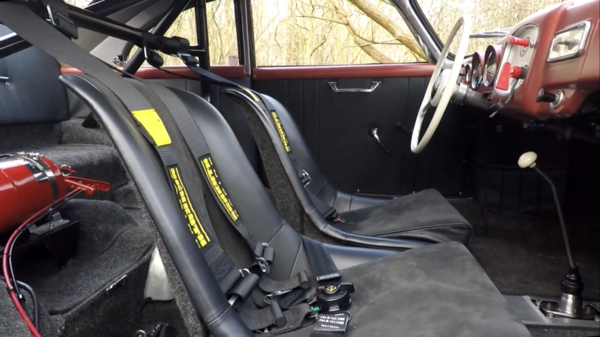I don't know why everyone says the handheld extinguisher doesn't do any good. My car started running like crap and I could see the flames coming out of the engine lid so I stopped and Troy opened up the engine lid. Rusty ran over with his extinguisher and put it out. There was no sudden flame up because the lid was opened and even the fire extinguisher were in my car and clamps we would have had time to put it out.
Do I think this is the same scenario every time? No. However anecdotal it may be, not every engine fire is the same as any other fire. Besides, if my car burned to the ground I'd cash the insurance check and build another one. That's why the car is insured.
Truer words were never spoken.
Apocryphal anecdotes are the order of the day in most car-guy circles. As an example, I cannot tell you how many times (in 40 years of playing with cars) I've heard about plastic fuel filters in the engine compartment practically guaranteeing an engine fire. To hear guys tell it, one may as well wander out to the garage and throw a lighter in the gas tank.
But every engine fire I've seen or heard about (especially in a speedster) has been from a backfire which lights the paper air-filter on fire. An ignition problem will do that. A plugged idle jet will do that. But a plastic fuel filter, properly installed, will not (and cannot) do that.
To avoid the plastic filters, I've seen some guys install multi-piece glass fuel filter bowls instead-- relying on several gaskets and thumb-screws in an effort to keep the dreaded plastic filter out of there. It's like lighting the living room couch on fire because everybody keeps telling you chimney fires are dangerous.
Danny's right, of course-- hard piped lines are better than rubber, but there are a lot of fitting points where a barbed fitting and rubber hose (and clamp) is 20x less expensive, and 99% as good (under normal conditions). Get good rubber, change it every so often, and it'll be just fine. Install plastic fuel filters properly (with clamps), change them regularly, and they'll be fine too.
I have half a mind to install a couple of them, just to watch guys flip out. I already carry a "do nothing" 5 lb fire extinguisher, so I may as well tick the other boxes as well.
 Passed this woeful tableau on my way home yesterday.
Passed this woeful tableau on my way home yesterday.












